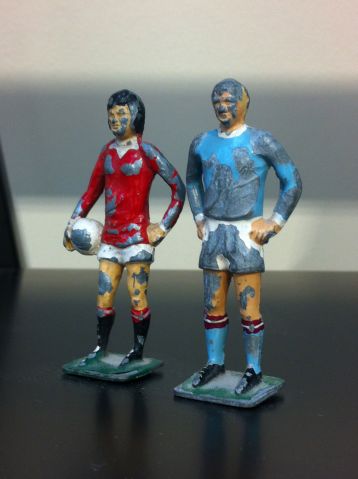It’s now over a month since I presented my work, ‘The Fabric of Life’ at the group peer crit organised by Q-Art at Central St Martin’s. It was, as I’ve already mentioned here, the first one I’d ever presented and it’s taken a bit of time to properly process the experience and to feel that I’ve wanted to write about it.
Having allowed myself the space and time to think about some of the comments raised, things in just the past week seem to have fallen into place in terms of understanding what’s been going on in my practice – and in particular, the blocks that have occurred in relation to ‘The Fabric of Life.’ I’ve been helped along by supportive feedback from fellow artist/bloggers Jean McEwan and Elena Thomas who, through relaying their own experiences, helped allay some of the anxieties and confusion I’d been experiencing post-crit. Their online comments helped ‘normalise’ what I was feeling and helped me move things forward – and specifically, enabled me to return here to write about it.
One question in particular continued to play on my mind after the group crit had ended. It was raised in response to me talking about how difficult ‘The Fabric of Life’ was proving to complete, or indeed, move on from its present rather ‘stuck’ position. What was it, I’d asked, that after some two years of working on it, made this particular piece of work so difficult to finish and present?
Someone asked if I’d thought about the possibility that the timing for making the work might not be right – that it was perhaps, being made too soon after my Nana’s death. I registered what was said at the time and jotted it down in my notebook as a point to come back to. I’ve kept coming back to this comment and gradually, have taken on board the weight of it – crucially, because it’s very likely, true . Obvious, in fact, now it’s been pointed out – why hadn’t I thought of that!
Such interjection demonstrates perfectly for me the premise of the peer group crit working at its best. Having been wary about what I was entering into, it’s a clear demonstration of the advantages to be gained from sharing creative ideas with artist peers rather than working in isolation. Through listening intently not just to what I said, but the way I said it, the group was able to take an overall, objective view; to read between the lines and reflect back to me the realities I wasn’t conscious of. Denial is a powerful tool.
The crit reminded me of one of the crucial themes underlying my practise – what to keep and what to throw away, what creative ideas to ‘sit on’ in order to allow them breathing space to develop and ferment – and which ones to let go of, albeit temporarily sometimes. I’ve been pushing ‘The Fabric of Life’ too hard, I realise in retrospect – have been far too eager to get it to the finishing post. It’s stopped and stalled so many times over the past months, despite my plugging away at it – too emotionally raw still, to be able to ‘go’ anywhere.
And it’s not without significance i think that’ The Fabric of Life’ was what I happened to be working on the day we were given 24 hours notice to leave the premises at Cor Blimey Arts studios – some 16 months ago now, but it still hurts. It was also the first piece of work I put on the wall in my current studio – again, feeding into my subconscious desire to get it over with, done and dusted – finished!
There’s a whole host of emotions tied up in this piece of work – no surprise then, that it’s felt so heavy and loaded. As I’ve said numerous times before on this blog, timing is everything – feelings and emotions take time to unravel, process and understand. ‘The Fabric of Life’ is now back in a box in the studio for the umpteenth time, contained in every sense of the word until the time feels right – if ever – to resurrect it.










